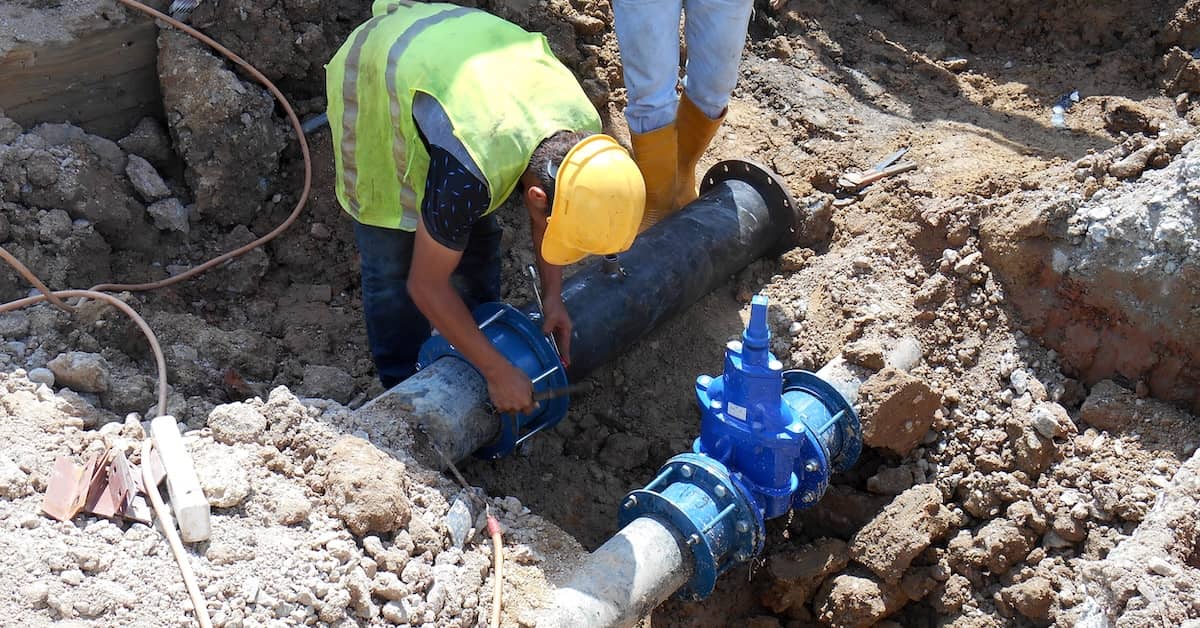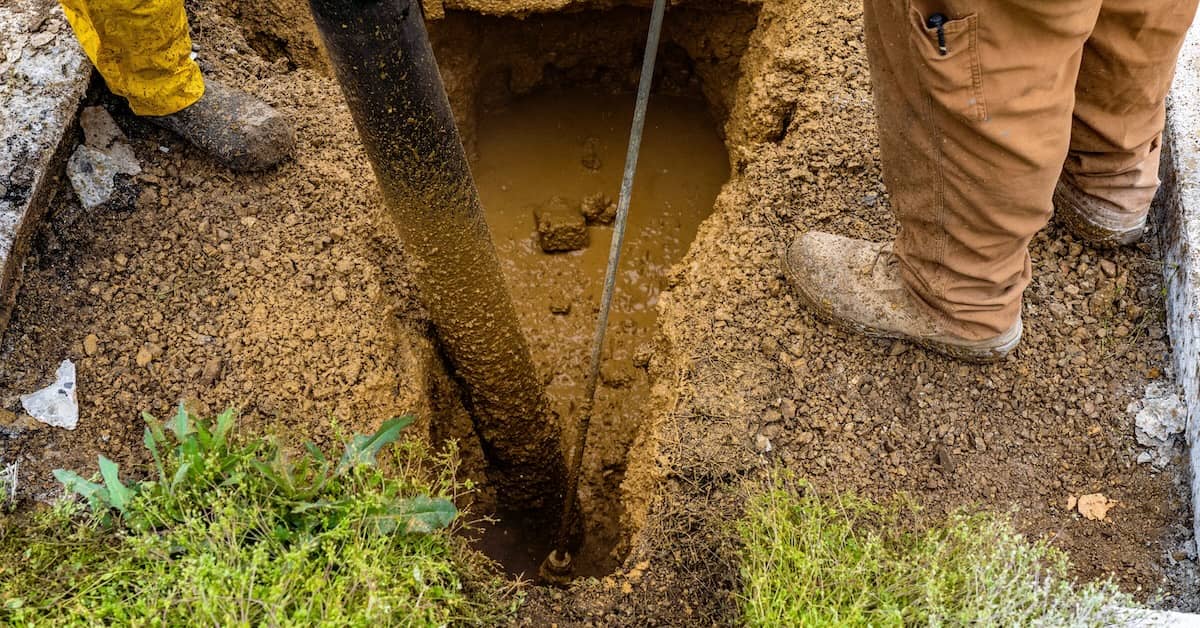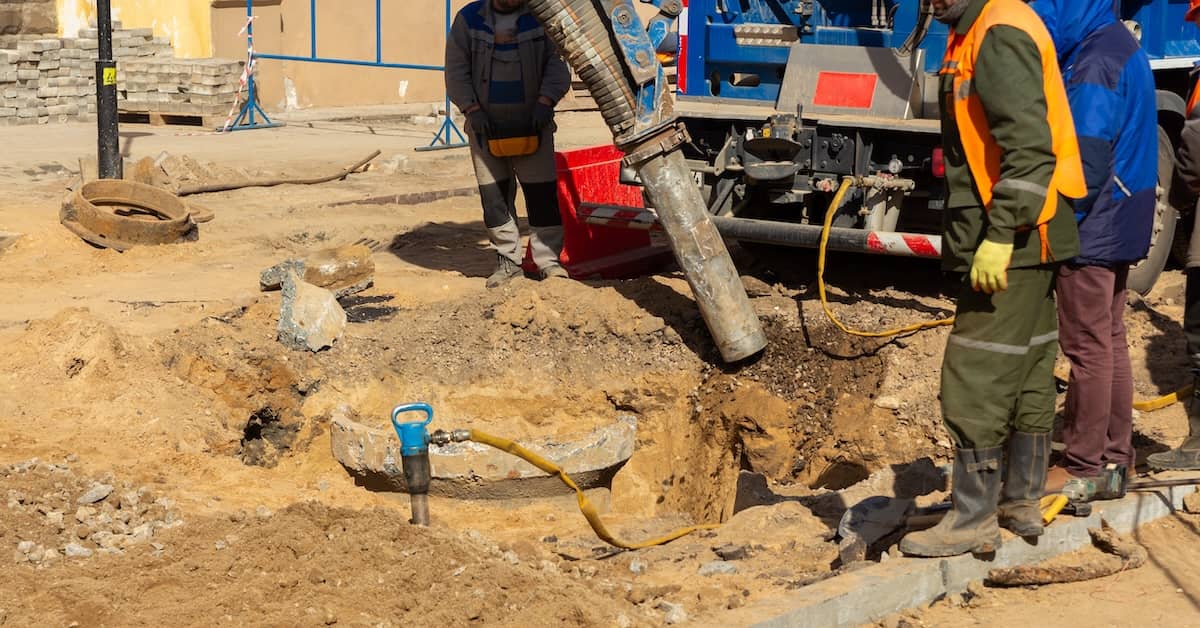


How to Choose the Right Utility Excavation Method for Your Project
Selecting the right utility excavation method is crucial for the success of any utility project. With various excavation techniques available, understanding their applications and benefits can help ensure efficiency, safety, and cost-effectiveness.
The hydro excavation experts at Superior Hydrovac have years of proven experience helping businesses complete their utility excavation projects efficiently, safely, and affordably. If you need assistance with your next utility project, contact our office to speak with a friendly representative. With 24/7 Emergency Services, our knowledgeable teams are ready to assist with your urgent matter right away.
Below, we explore different types of utility excavation and offer tips to help you make the right decision for your project.
Understanding Utility Excavation
Utility excavation involves digging to access, install, repair, or maintain underground infrastructure such as water lines, gas pipelines, electrical cables, and telecom networks. The right method depends on several factors, including soil type, location, environmental considerations, and project requirements.
Common Utility Excavation Methods
Traditional Excavation (Mechanical Digging)
Traditional excavation uses heavy machinery like backhoes, excavators, and trenchers to remove soil and reach underground utilities. This method is best suited for open areas where precision isn’t a primary concern. While effective for large-scale excavation, it requires careful planning to avoid damaging existing infrastructure. Safety measures and additional restoration work may be necessary depending on the site conditions.
Hydro Excavation
Hydro excavation is a modern, non-destructive method that uses pressurized water to break up soil, which is then removed with a powerful vacuum system. This technique is ideal for projects requiring accuracy and safety, particularly in areas with sensitive underground utilities. Hydro excavation significantly reduces the risk of utility strikes and minimizes environmental disruption, making it a preferred choice for urban and industrial projects.
Air Excavation
Air excavation, also known as pneumatic excavation, uses compressed air to loosen soil, which is then vacuumed away. This method is often used when dry excavation is necessary, such as in projects where water could cause issues. It is commonly employed for potholing and exposing utilities without the need for excessive soil disturbance. While slower than hydro excavation in some conditions, it provides a clean and precise alternative for specific applications.
Hand Digging
Hand digging is a simple but labor-intensive approach used in small-scale projects or when working around utilities. This method is typically employed when machinery cannot be used due to space constraints. Time-consuming and labor-intensive, hand digging causes more damage than any other method.
Trenching
Trenching involves creating narrow, elongated excavations to install or maintain pipelines, cables, or drainage systems. This method is widely used in infrastructure projects, including road construction and utility installations. Proper trench support and safety measures are essential to prevent collapses and ensure worker safety. Once excavation is complete, backfilling and site restoration are necessary to return the area to its original state.
Directional Drilling
Directional drilling, also known as horizontal directional drilling (HDD), allows for the installation of utilities without disturbing the surface. This method is commonly used for crossing roads, rivers, or environmentally sensitive areas. HDD is an efficient solution for long-distance underground installations and can navigate around existing utilities or obstacles. While it requires specialized equipment and expertise, it provides a low-impact alternative to traditional open-cut excavation.
Choosing the Right Excavation Method
Choosing the right utility excavation method can be one of the most important decisions you will make to ensure your project is done precisely, safely, on time, and on budget.
When selecting an excavation method for your project, consider the following key factors:
- Project Scope and Size: Large-scale excavation projects may require mechanical digging or trenching, while smaller or more delicate work benefits from hydro or air excavation.
- Site Conditions: Soil type, underground obstacles, and surrounding infrastructure influence which method will be most effective.
- Utility Presence: If underground utilities are present, non-destructive methods like hydro or air excavation should be prioritized.
- Environmental Impact: Hydro excavation and directional drilling reduce environmental disruption, making them ideal for sensitive locations.
- Cost and Efficiency: While traditional excavation may appear more cost-effective upfront, avoiding damage and reducing restoration work with precision methods can save time and money in the long run.
Contact Superior Hydrovac Today to Discuss Your Utility Project
At Superior Hydrovac, we specialize in safe, precise, and efficient excavation solutions tailored to your project needs. Our hydro excavation services minimize risk, reduce downtime, and ensure a safer worksite. With advanced equipment and experienced operators, we provide reliable excavation services that help you complete your project on time and within budget.
Don’t trust your important job to just anyone. Contact Superior Hydrovac today online or at 844-271-5944 to speak with a team member.


Contact Peak Today
Contact Superior Hydrovac today online or at 844-271-5944 to discuss your unique project needs. We are ready to deliver exceptional service whenever you need us. We look forward to surpassing your expectations.
Call Now!




